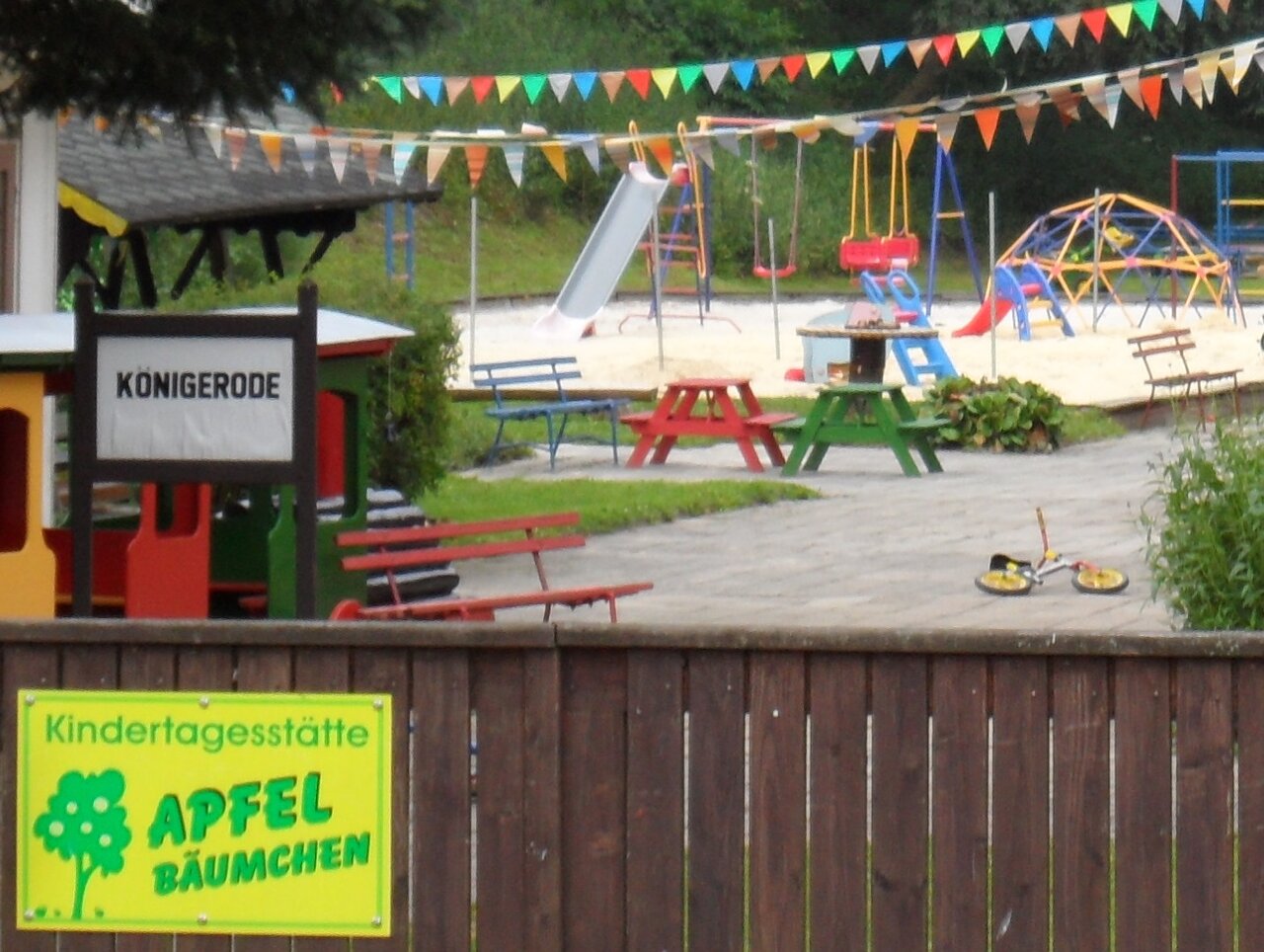Project
When regions get older and decline in population: adaptation and coping

Strategies for the long-term provision of services of general interest in the context of an aging and declining population: case studies in the Harz Mountains
The current debate on regional disparities in Germany, the differentiation of living conditions and changing provisions of public and private services of general interest focuses on peripheral depopulated areas. In these regions, many services of general interest were already reduced in the past. The population has thus to cope with deteriorating conditions of daily life, and both providers and users of infrastructures, shopping facilities as well as of social and cultural amenities bear comparatively higher costs. Yet long-term economic sustainability and accessibility of services will also become an issue in rural areas where socio-demographic changes and the resulting problems occur in a rather unspectacular way. The Harz Mountains are such a region.
Background and Objective
The case study region Harz was chosen because of the significant process of demographic aging in this area: by the end of 2008, the two Harz districts Osterode am Harz and Goslar had the highest share of inhabitants aged 75 years or older. The project focused on one small town and its rural boroughs in the eastern, and one in the western, part of the Harz mountains. To different degrees and at a different pace, both towns have been characterised by aging and population decline in the past decades.
In the project we analysed the development of the provision of services of general interest in the towns and the districts over the past twenty years. Our investigation was also interested in how local and regional key persons as well as the older population assessed the current service situation. In-depth studies were conducted in the fields of childcare, schools, health care, nursing homes, access to the internet, public transport, fire brigades, cultural and leisure offerings.
Approach
The project was explorative in nature. In the course of the research, we developed a heuristic model of adaptation strategies (by decision-makers to reorganise public service facilities) and coping strategies (of the local population to maintain their daily routines).
Data and Methods
In 2011/12, we conducted 38 semi-structured interviews with 48 key persons from administrations, infrastructure facilities and associations in the two towns and the districts. Additionally, five group interviews with 57 inhabitants between 55 and 98 years were conducted within local senior groups that were also semi-structured but implemented with less standardization. Qualitative content analysis was used to structure and condense the interview material created. Based on the interviews, we deduced a wide range of individual measures that were finally summarized to adaptation and coping strategies.
Our Research Questions
Results
- The interviewed stakeholders consider demographic change to be a key dimension of the development of their region. It is unanimously described as a ‘problem’. At the same time, the issue is only weakly institutionalised, and a strategic long-term and coordinated approach is lacking.
- The local provision of public and private services is predominantly assessed positively. The school system, medical care and public transport connections are rated negatively in Harzgerode. Internet connections are considered to be in need of improvement in both municipalities. The long-term change in services of general interest must be embedded in broader social and technological changes. Even in demographically shrinking and ageing regions, these do not only lead to a declining demand, as shown for example in the fields of childcare or internet quality.
- The responsible and steering actors actively intervene in the design of services of general interest. Their actions are concerned both with safeguarding existing services and preventing further infrastructural deterioration, as well as with qualitative improvements or the expansion of public and private services of general interest. Municipalities and districts do not only follow constraints due to budgetary constraints. Nevertheless, adaptation occurs mainly ad hoc, problem-driven and without a longer planning perspective.
- From the population‘s point of view, coping with a changed provision of public and private services belongs to their daily lives. But this becomes more difficult in old age due to decreasing mobility and shrinking social networks. Three main coping strategies could be identified for the older population: independent provision in an enlarged activity space area, use of social networks, and a reduction of needs. Personal social and financial resources are the main sources of support; in some cases, supportive institutional assistance is available.
- Volunteering traditionally plays an important role in rural towns and villages, especially in the provision of cultural services and fire protection. In the case study region, this covers a range from self-chosen satisfying activities to precarious employment due to lack of alternatives. The research results show that volunteering is dependent on professional support structures with resources and reliability. Otherwise, volunteering is devalued.
Thünen-Contact

Involved Thünen-Partners
Duration
9.2010 - 12.2012
More Information
Project status:
finished
Publications to the project
- 0
Küpper P (2015) Wandel der Gesundheitsversorgung in alternden ländlichen Gemeinden - Erfahrungen aus dem Harz. Ber Geogr Landeskunde 89(3):217-235
- 1
Steinführer A, Küpper P, Tautz A (2014) Adapt and cope: Strategies for safeguarding the quality of life in a shrinking ageing region. Comp Popul Stud 39(2):345-370, doi:10.12765/CPoS-2014-07en
- 2
Steinführer A, Küpper P, Tautz A (2014) Anpassen und Bewältigen: Strategien zur Sicherung von Lebensqualität in einer schrumpfenden Alterungsregion. Comp Popul Stud 39(2):319-344
- 3
Steinführer A (2014) Anpassung an den demographischen Wandel - was heißt das eigentlich? Land Ber 17(1):9-25
- 4
Steinführer A, Küpper P, Tautz A (2014) Die Anpassungsfähigkeit der Kleinstädter : Akteursstrategien im Umgang mit dem Wandel der Daseinsvorsorge. Reihe Planungsrundsch 22:155-175

![[Translate to English:] [Translate to English:]](/media/_processed_/2/0/csm_LV_Bei_Hornburg_Quelle_Johanna_Fick_neu_da89674833.jpg)
![[Translate to English:] [Translate to English:]](/media/_processed_/2/0/csm_LV_Bei_Hornburg_Quelle_Johanna_Fick_neu_3aae309567.jpg)




